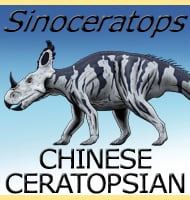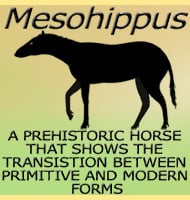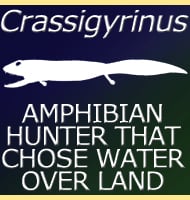In Depth
A cartilaginous fish and therefore relative of sharks and rays, Deltoptychius is often seen as an early rat tail. For a modern analogy, Deltoptychius would be a more primitive version of a modern Chimaera monstrosa. These kinds of fish are usually deep water species that swim around in virtual darkness as very little to no sunlight penetrates to these ocean depths. The large round eyes of Deltoptychius would have processed whatever available light there was, though Deltoptychius may have found its food by scent. The thin tail means that Deltoptychius would not have been a powerful swimmer and would have been restricted to slow prey of scavenging bodies of other dead animals.
Later on towards the mid Jurassic, new kinds Chimaeriformes such as Ischyodus had appeared, and these were near identical to the modern Chimaera monstrosa.
Further Reading
- Catalogue of the Fossil Fishes in the British Museum (Natural History) Part 1 1-613, A. S. Woodward - 1889.









